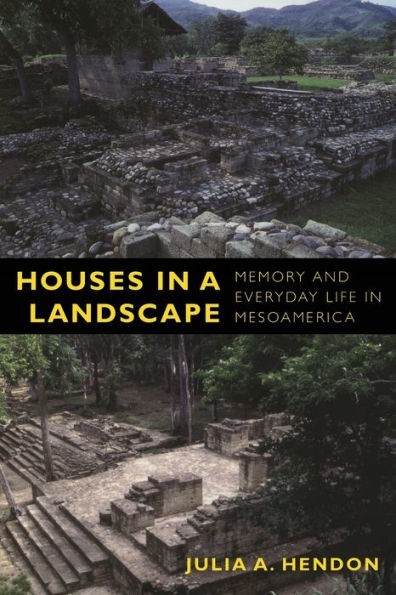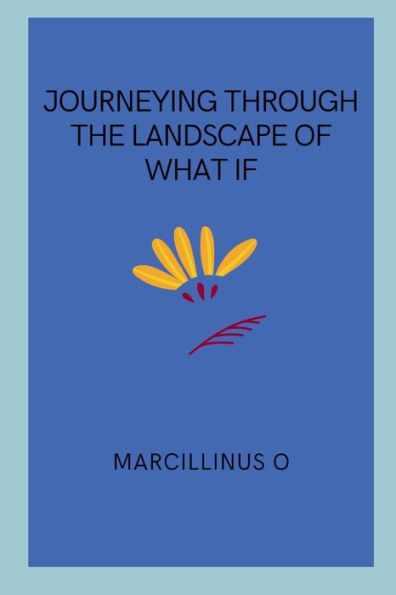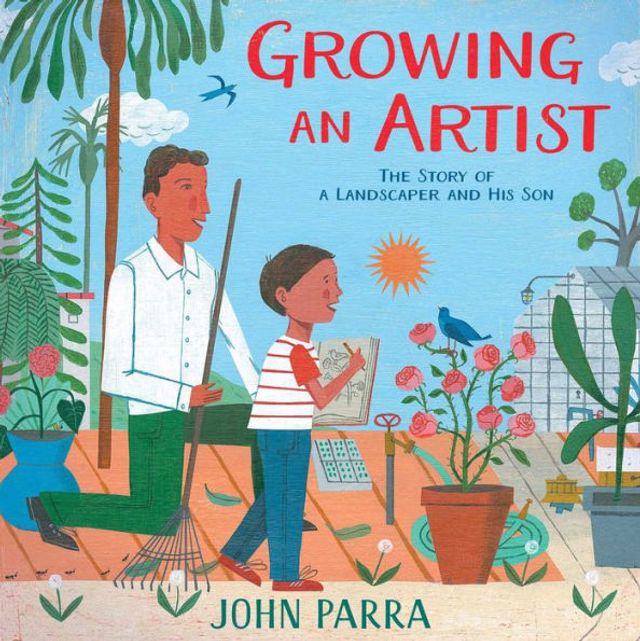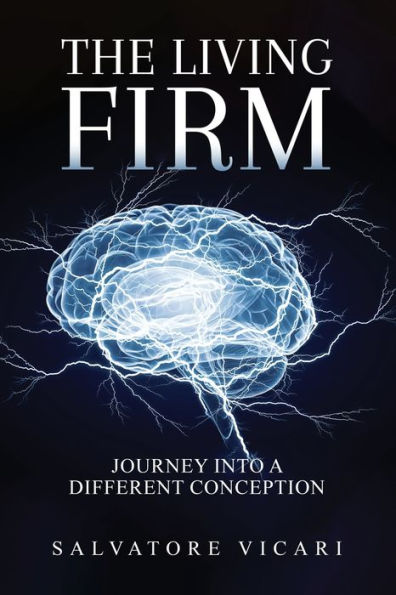Home
Living by Stories: A Journey of Landscape and Memory
Barnes and Noble
Living by Stories: A Journey of Landscape and Memory
Current price: $24.95
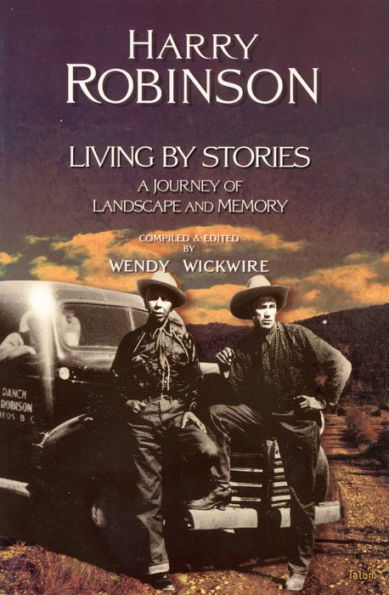

Barnes and Noble
Living by Stories: A Journey of Landscape and Memory
Current price: $24.95
Size: Paperback
Loading Inventory...
*Product information may vary - to confirm product availability, pricing, shipping and return information please contact Barnes and Noble
Following on two previous collections—
Write It on Your Heart: The Epic World of an Okanagan Storyteller
(1989) and
Nature Power: In the Spirit of an Okanagan Storyteller
(2004)—Talonbooks is pleased to announce the release of this third volume of oral narratives by Okanagan storyteller Harry Robinson.
Living by Stories
includes a number of classic stories set in the “mythological age” about the trickster/transformer, Coyote, and his efforts to rid the world of bad people— spatla or “monsters,” but this new volume is more important for its presentation of historical narratives set in the more recent past. As with the mythological accounts, there is much chaos and conflict in these stories, mainly due to the arrival of new quasi-monsters—“SHAmas” (Whites)—who dispossess “Indians” of their lands and rights, impose new political and legal systems, and erect roads, rail lines, mines, farms, ranches and towns on the landscape.
Write It on Your Heart: The Epic World of an Okanagan Storyteller
(1989) and
Nature Power: In the Spirit of an Okanagan Storyteller
(2004)—Talonbooks is pleased to announce the release of this third volume of oral narratives by Okanagan storyteller Harry Robinson.
Living by Stories
includes a number of classic stories set in the “mythological age” about the trickster/transformer, Coyote, and his efforts to rid the world of bad people— spatla or “monsters,” but this new volume is more important for its presentation of historical narratives set in the more recent past. As with the mythological accounts, there is much chaos and conflict in these stories, mainly due to the arrival of new quasi-monsters—“SHAmas” (Whites)—who dispossess “Indians” of their lands and rights, impose new political and legal systems, and erect roads, rail lines, mines, farms, ranches and towns on the landscape.
